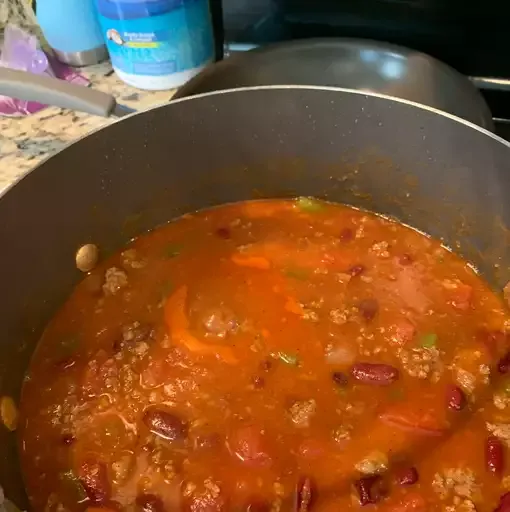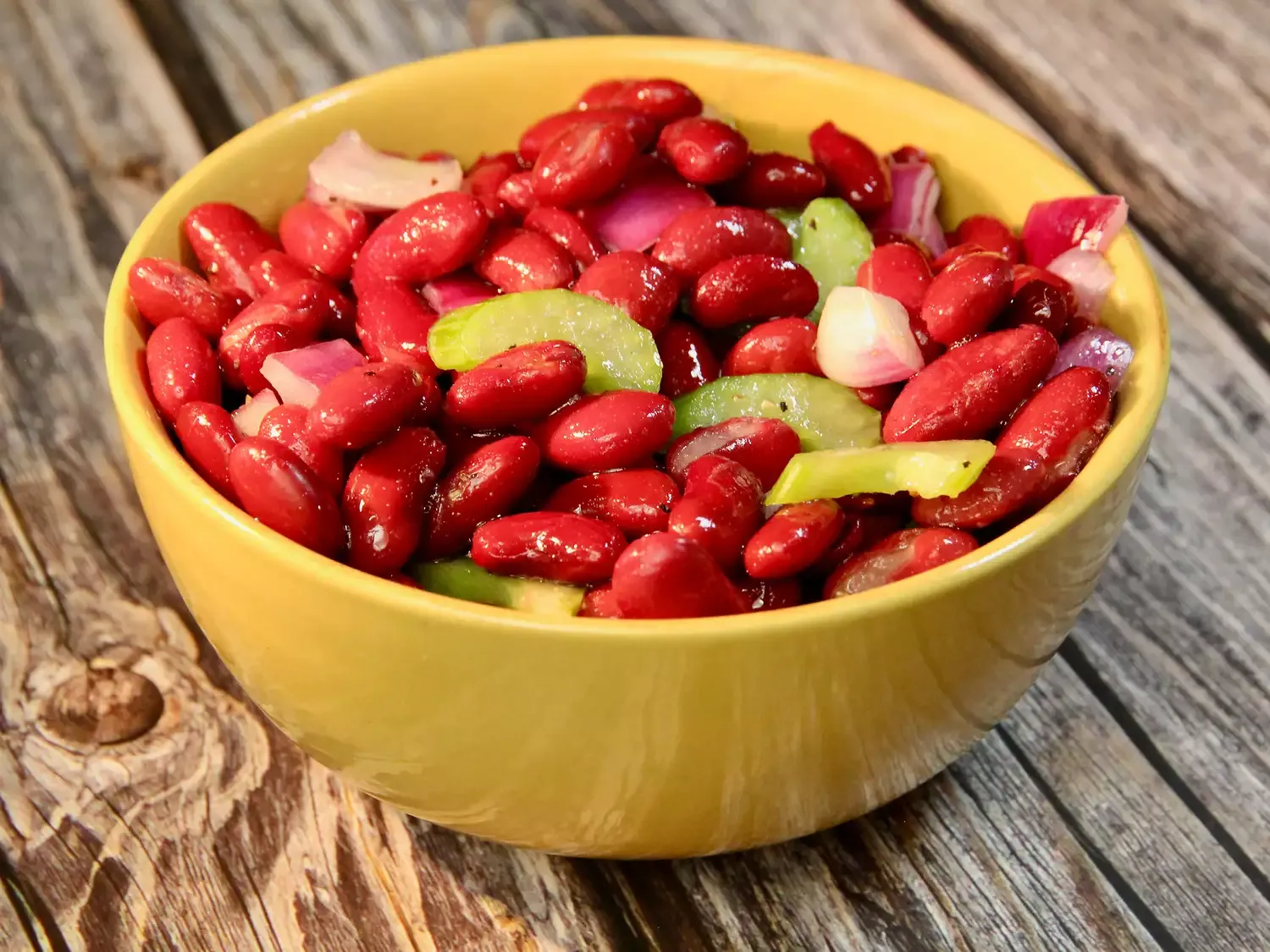Haystacks
Haystacks, also known as haystacks or hay piles, are a common sight in agricultural areas around the world. These large mounds of dried hay are a crucial part of the farming process, providing feed for livestock during the winter months when fresh grass is scarce. Haystacks are typically made by piling up cut and dried grasses, such as alfalfa, clover, or timothy, and allowing them to cure in the sun before being stored for later use.

Prep Time:
5 mins
Cook Time:
10 mins
Total Time:
15 mins
Servings:
6
Yield:
6 servings
Ingredients

Directions

Step 1
In a medium saucepan, combine the kidney beans, salt, chili powder and pepper. Cook over medium heat until heated through.
Step 2
To assemble the haystacks put a hand full of corn chips on a plate, follow with a spoonful of heated bean mixture, lettuce, tomato, green pepper, onions, olives, carrot, and cheddar cheese. Top with salsa and sour cream.
Nutrition Facts (per serving)
634
Calories
32g
Fat
75g
Carbs
18g
Protein
Complement
The tradition of making haystacks dates back centuries, and while modern farming techniques have introduced more efficient methods of storing and feeding livestock, the sight of a traditional haystack still evokes a sense of nostalgia and connection to the land. Haystacks are not only practical, but also have a rustic charm that adds to the picturesque beauty of the countryside. In addition to their agricultural importance, haystacks have also been a subject of fascination for artists, with famous paintings by artists such as Claude Monet capturing the timeless appeal of these iconic rural structures.







